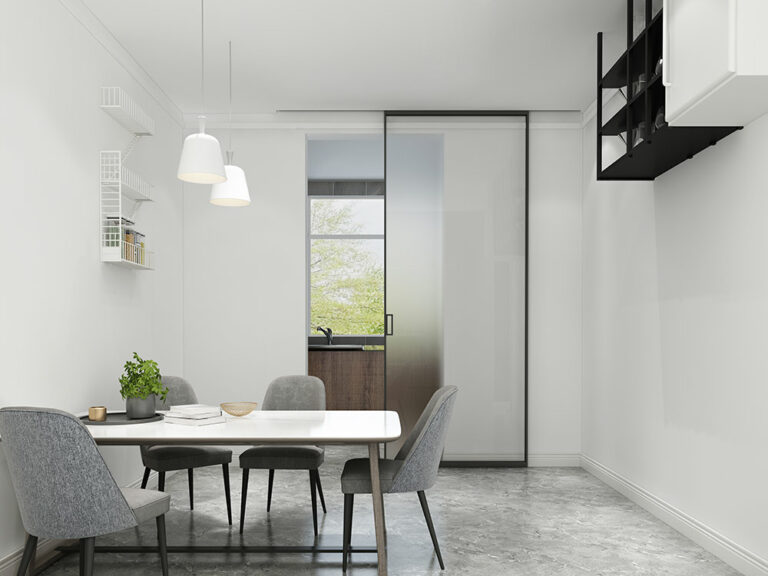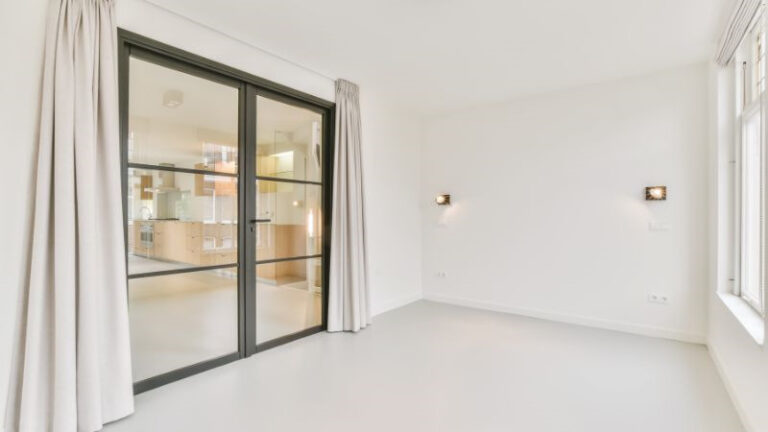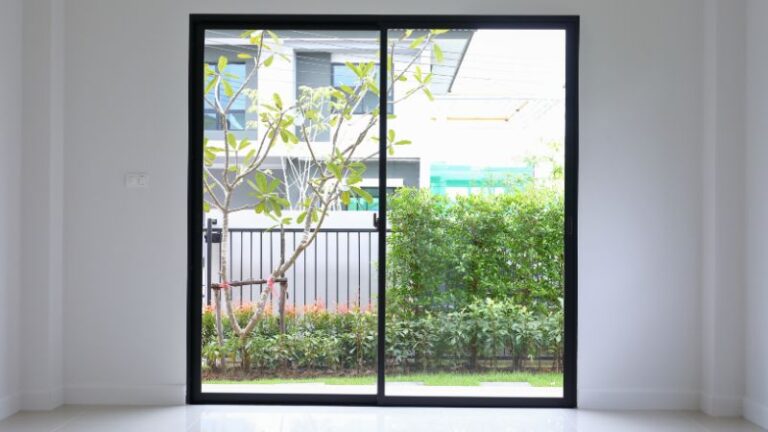Barn doors have surged in popularity in recent years, prized for their rustic charm and space-saving sliding design. However, many homeowners who install these trendy doors are surprised to discover they are not very soundproof. The inherent gaps around the edges, lightweight hollow core construction, and lack of sound-absorbing insulation mean noise passes through barn doors much more readily than traditional solid doors.
If you love the look of barn doors but are concerned about noise control, don’t despair. While it’s true that barn doors will never be as soundproof as a properly sealed solid door, there are several ways to greatly improve their noise blocking abilities. With some clever modifications and additions, you can enjoy the aesthetic of barn doors throughout your home without sacrificing peace and quiet.
Can a Sliding Barn Door be Soundproof?
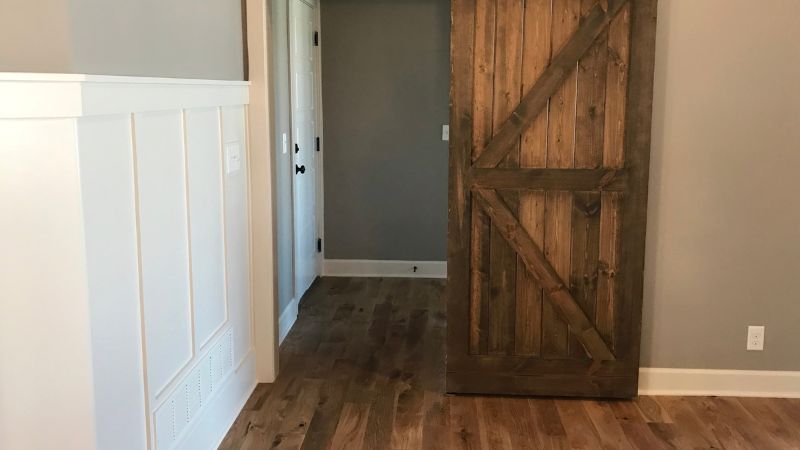
Unlike traditional hinged doors that can seal more tightly against the door frame, barn doors have inherent gaps between the door and the wall, especially at the sides, top, and bottom. These gaps allow sound waves to pass through easily.
Furthermore, many barn doors are made of lightweight wood and have a hollow core construction, usually do not have any sound insulating materials inside them to absorb noise.
From the hardware aspect, the exposed sliding track used to hang barn doors can rattle and amplify sounds. These always allow more noise to pass through compared to other door options.
How to Enhancing the Soundproofing of Barn Doors
Improving the soundproofing of barn doors involves focusing on installing a barn door sealing gaps and adding soundproofing materials. This can greatly reduce noise transmission and enhance privacy.
Weatherstripping and Door Seals
Weatherstripping is one of the most important steps to make a sound barrier for a barn door. It helps seal the gaps around the perimeter of the door where sound can leak through.
Some key tips:
- Use high quality acoustic weatherstripping on the sides and top of the door that compresses when the door closes to create an airtight seal.
- Acoustic caulk can be used to seal any remaining small cracks or gaps around the door frame. Please remember to apply generously for a completely tight seal.
- Rubber gaskets and door seals can be permanently attached to the door frame to fill gaps. You can adjust the gaskets to get the best fit.
Soundproof Curtains
Heavy, dense soundproof curtains hung over the barn door provide an additional sound blocking layer to prevent sound leakage.
- Look for curtains with a dense material like mass loaded vinyl to reflect sound. Plush curtains alone won’t block much sound.
- Curtains should fully cover the door when closed cause gaps will allow sound through.
- Soundproof curtains are better at blocking sound from entering the room than absorbing echo within the room.
Solid Core Doors
Switching from a hollow core to a solid wood barn door provides significantly better sound blocking due to the added mass and density.
- Solid doors can improve sound transmission class (STC) ratings by 10 points or more compared to hollow doors.
- Choose the thickest, densest wood possible for maximum sound-blocking mass.
Acoustic Panels
Acoustic panels mounted directly to the barn door can help absorb sound and reduce noise transmission.
- Look for panels made of dense, sound-absorbing materials like fiberglass, mineral wool, or foam.
- Panels should cover as much of the door surface as possible for maximum effect.
While acoustic panels help reduce echo and absorb some sound, they are not as effective as adding mass to block sound transmission through the door.
Brush Seals
Brush seals are an effective way to seal gaps around sliding barn doors while still allowing smooth movement.
Brushes made of dense nylon bristles compress against the door to block gaps along the sides and top. They are more flexible than rubber seals, so they accommodate door movement without binding. Look for brush seals in a 45 degree angle holder for the top of the door and straight holders for the sides to maximize contact area.
What are the Practical DIY Soundproofing for Homeowners
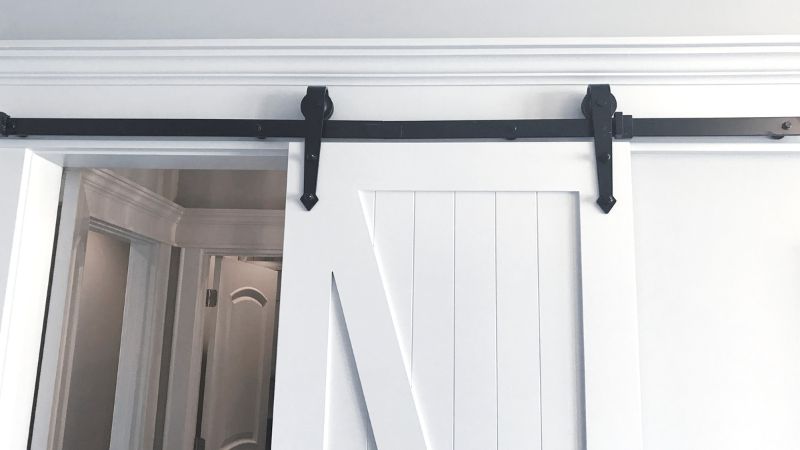
To effectively soundproof your barn door, you will need a mix of basic tools and some soundproofing materials. You can keep costs down and see immediate benefits by handling the installation and choosing the right materials yourself.
Begin with your self-adhesive foam. This material is easy to apply around the edges of your door and helps seal gaps. Measure the door edges and cut the foam to size. Peel off the backing and press firmly into place.
Next, consider adding mass-loaded vinyl (MLV). Look for MLV with a weight of at least 0.5 pounds per square foot. This dense, flexible material blocks sound effectively. Attach it to the back of your door using nails or strong adhesives. Ensure it covers the entire surface without wrinkles.
Another option is acoustic foam panels. These materials can be placed directly on your door. Secure them with strong double-sided tape, ensuring no gaps are left. You might need to cut the panels to fit your door’s dimensions.
Frequently Asked Questions
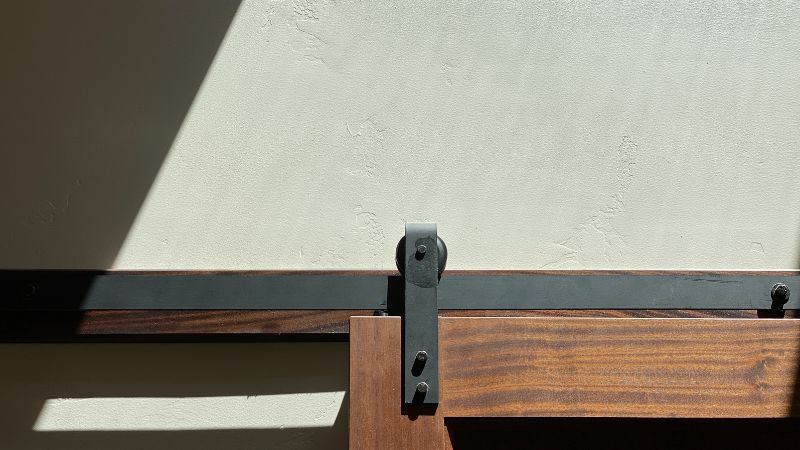
What are the key differences in soundproofing between barn doors and pocket doors?
Barn doors often have more gaps that allow sound to pass through, while pocket doors, which slide into the wall, generally provide a better seal when closed. Pocket doors may be better at containing sound due to fewer gaps.
Can the use of a privacy sweep improve the soundproofing qualities of a barn door?
Yes, a privacy sweep can improve soundproofing by sealing the gap at the bottom of the door. This helps prevent sound from traveling through the open space between the door and the floor. Door sweeps made of rubber or bristles are effective.
How to Choose Barn Door Hardware?
To choose the right barn door hardware, determine your installation type, pick between face or top mount, select a track style, ensure the hangers are rated for your door weight, don’t forget essential accessories, and match the finish to your home’s style.



